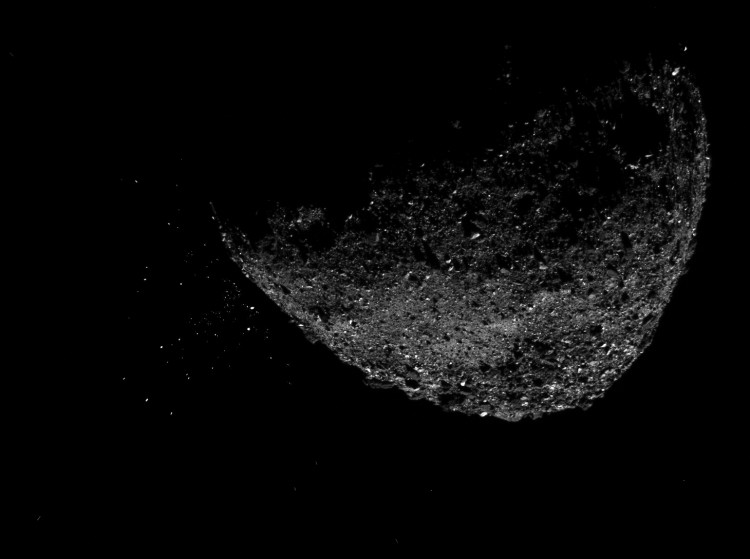According to NASA, an asteroid three times the size of a blue whale will fly past Earth on Monday (June 6) at more than 16,000 mph (26,000 km/h).
Last year, astronomers discovered the space rock and calculated its width to be between 121 and 272 feet (37 to 83 meters). While that appears to be quite massive - one to three times the length of a blue whale - it is not large enough to be considered a potential threat to Earth.
The asteroid, dubbed 2021 GT2, is expected to miss Earth by more than 2.2 million miles (3.5 million kilometers), or approximately 0 times the normal distance between Earth and the moon.
2021 GT2 is an asteroid of the Aten class, which means it orbits the sun more closely than Earth (once every 342 days in this case) and crosses Earth's orbit. There are around 1,800 such asteroids known to astronomers, many of which are deemed potentially hazardous.
After June 6, the asteroid's next close approach to Earth will be on Jan. 26, 2034, when it will pass within 9 million miles (14.5 million kilometers) of our planet - a significant distance from the current approach.
The asteroid is classified as a near-Earth object, which refers to asteroids and comets that orbit the sun within 1.3 astronomical units. (An astronomical unit is the distance between Earth and the sun, which is approximately 93 million miles or 149.6 million kilometers.)
Each object's orbit is calculated by determining the elliptical path through space that best fits all of the available observations, which can span numerous orbits over many years or decades. The precision of an item's orbit improves substantially as more observations are made, and it becomes possible to estimate where an object will be years or even decades in the future - and whether it will approach close to Earth.
NASA keeps track of tens of thousands of these objects, projecting their paths from now to hundreds of years in the future. Astronomers currently believe that no near-Earth objects pose a hazard to Earth.
Still, scientists want to be prepared in case the track of a near-Earth asteroid changes unexpectedly due to an unanticipated event, such as one near-Earth asteroid colliding with another and showering enormous bits of debris throughout the solar system.
NASA is constantly testing with smashing a rocket into a huge asteroid to throw it off course. In November 2021, NASA launched the Double Asteroid Redirection Test (DART), an asteroid-deflecting spacecraft that will collide head-on with the 530-foot-wide (160-meter) Dimorphos asteroid in autumn 2022.




